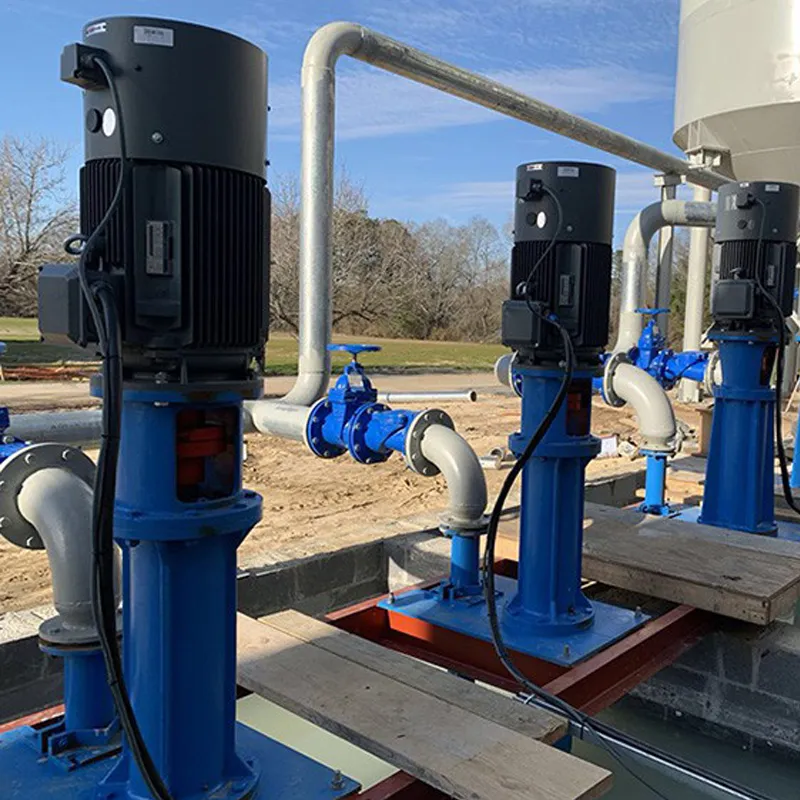Punjabi
- Afrikaans
- Albanian
- Amharic
- Arabic
- Armenian
- Azerbaijani
- Basque
- Belarusian
- Bengali
- Bosnian
- Bulgarian
- Catalan
- Cebuano
- Corsican
- Croatian
- Czech
- Danish
- Dutch
- English
- Esperanto
- Estonian
- Finnish
- French
- Frisian
- Galician
- Georgian
- German
- Greek
- Gujarati
- Haitian Creole
- hausa
- hawaiian
- Hebrew
- Hindi
- Miao
- Hungarian
- Icelandic
- igbo
- Indonesian
- irish
- Italian
- Japanese
- Javanese
- Kannada
- kazakh
- Khmer
- Rwandese
- Korean
- Kurdish
- Kyrgyz
- Lao
- Latin
- Latvian
- Lithuanian
- Luxembourgish
- Macedonian
- Malgashi
- Malay
- Malayalam
- Maltese
- Maori
- Marathi
- Mongolian
- Myanmar
- Nepali
- Norwegian
- Norwegian
- Occitan
- Pashto
- Persian
- Polish
- Portuguese
- Punjabi
- Romanian
- Russian
- Samoan
- Scottish Gaelic
- Serbian
- Sesotho
- Shona
- Sindhi
- Sinhala
- Slovak
- Slovenian
- Somali
- Spanish
- Sundanese
- Swahili
- Swedish
- Tagalog
- Tajik
- Tamil
- Tatar
- Telugu
- Thai
- Turkish
- Turkmen
- Ukrainian
- Urdu
- Uighur
- Uzbek
- Vietnamese
- Welsh
- Bantu
- Yiddish
- Yoruba
- Zulu
Telephone: +86 13120555503
Email: frank@cypump.com
ਨਵੰ. . 19, 2024 01:33 Back to list
Lifting Capacity and Efficiency of 1 HP Water Pumps Across Different Applications and Conditions
Understanding the Lifting Capacity and Efficiency of a 1 HP Water Pump
Water pumps play a crucial role in various applications, from irrigation in agriculture to drainage systems in urban settings. Among the many options available, the 1 HP (horsepower) water pump stands out as an efficient and versatile choice for medium-scale tasks. This article explores the lifting capacity and efficiency of a 1 HP water pump in different contexts.
Lifting Capacity
The lifting capacity of a water pump is primarily determined by its horsepower rating, pump design, and the specific application it serves. A 1 HP water pump typically has the capability to lift water vertically to a height of up to 25 to 30 feet (7.6 to 9.1 meters) under ideal conditions. This measurement, known as total dynamic head (TDH), takes into account both the vertical lift and the pressure loss due to friction in the piping system.
For practical applications, the actual lifting capacity may vary. In agricultural settings, a 1 HP pump may be employed to irrigate fields by drawing water from a well or river. Factors such as water source depth, pipe diameter, and length will impact the pump's efficiency and performance. Generally, for every additional 10 feet of lift, the required energy increases, which may reduce the effective flow rate provided by the pump.
Efficiency Rates
Efficiency is another critical factor when assessing a water pump's performance. The efficiency of a 1 HP water pump usually falls between 60% to 75%, with higher-end models reaching up to 90% in optimal conditions. Energy efficiency refers to how effectively the pump converts the electrical power it consumes into hydraulic energy for moving water. Several factors affect a pump's efficiency
1% hp water pump lifting capacity and its efficiency in various ...

1. Pump Design Centrifugal pumps, often used for their excellent flow rates, tend to be more efficient for certain applications compared to positive displacement pumps.
2. Maintenance Regular maintenance, such as cleaning filters, checking seals, and ensuring proper lubrication, can significantly affect performance. A well-maintained pump will operate at higher efficiency levels.
3. Application Suitability Using a pump designed for a specific application is critical. A pump operating at or near its Best Efficiency Point (BEP) will deliver superior lifting capacity and efficiency.
4. Operating Conditions The water temperature, the viscosity of the fluid, and the presence of solids can influence efficiency. For instance, cold water is typically easier to pump than hot liquid, affecting the energy required for lifting.
Conclusion
A 1 HP water pump can be an excellent investment for homeowners and farmers alike, providing adequate lifting capacity and reasonable efficiency for various applications. However, understanding the limitations and factors affecting performance is essential for maximizing its potential. By considering the lifting height, maintaining efficiency, and ensuring that the pump is suitable for the intended job, users can achieve optimal results. Whether for irrigation, drainage, or general supply, the versatile 1 HP water pump remains a staple in fluid management solutions.
-
China Small Slurry Pump Manufacturer - High Efficiency Small Centrifugal Slurry Pumps for Mining & Industry
NewsJun.24,2025
-
Custom Drilling Mud and Slurry Pump Supplier - High Efficiency, Tailored Solutions
NewsJun.10,2025
-
Supply Vertical Submersible Sewage Pump High-Efficiency WQ/QW Pumps Supplier
NewsJun.10,2025
-
Premium Sewage Ejection System & Pumps Efficient Waste Removal
NewsJun.09,2025
-
Premium Wholesale Slurry Pump Impellers Durable & Efficient Slurry Handling
NewsJun.09,2025
-
Top Sewage Pump Companies Durable Industrial Solutions for Efficiency
NewsJun.09,2025










